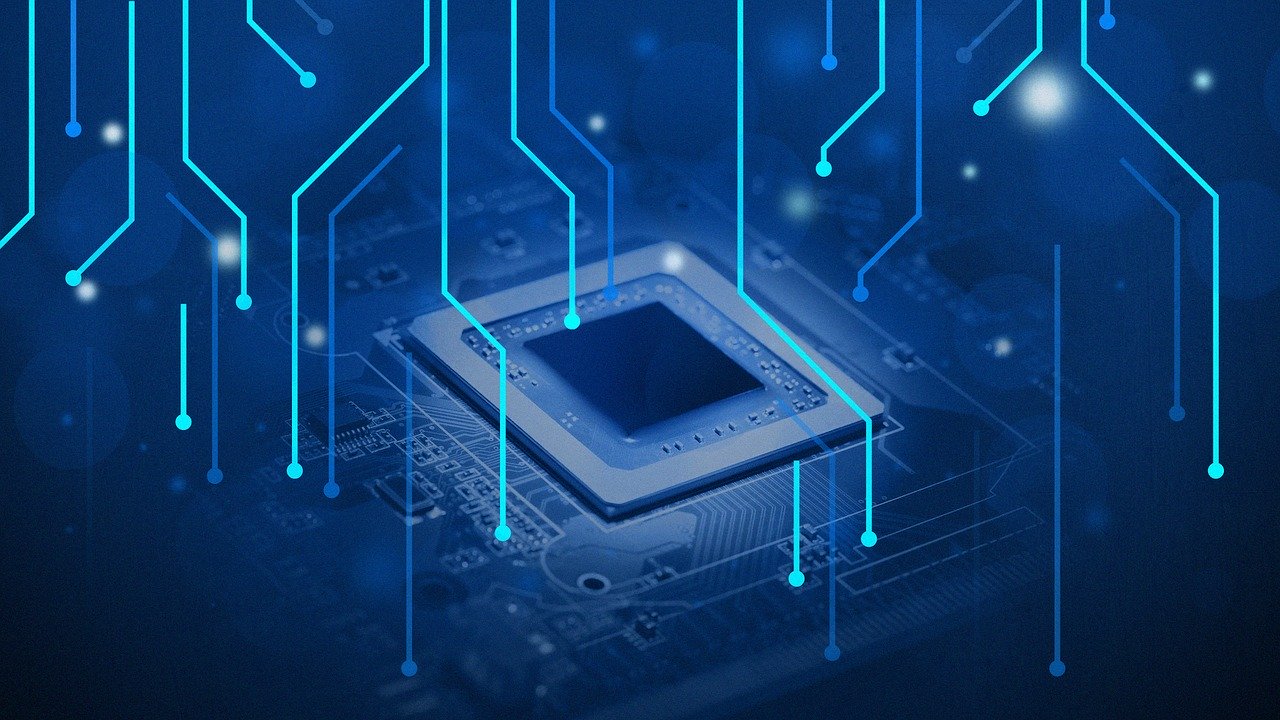
Scientists from the University of Oxford have developed a tiny nanoscale device that can be programmed using either photons or electrons. This electro-optical device is a bridge between traditional electronic computing and the emerging field of optical computing, and it could lead to faster and more energy-efficient processors and memory in the future.
“Computing at the speed of light has been an enticing but elusive prospect, but with this development, it’s now in tangible proximity,” Phys.org reports. Scientists have been trying to use light to transfer information extremely fast since the 1950s. However, there are practical limitations of how light can be used in this manner, especially when trying to integrate it along with electronic computing hardware. The problem is that electrical chips operate most efficiently when they are small in size, but optical chips benefit from being larger. This is because the wavelength of light is larger than that of electrons.
The new device uses light which has been compressed into a small size, in a process called surface plasmon polariton. This allows optical chips to be integrated along with electrical chips because now the sizes are more comparable. The ability for devices to work in both electrical and optical domains, without the need for conversion, allows the creation of dual functionalities that can use both photons and electrons for processing.
“This is a very promising path forward in computation and especially in fields where high processing efficiency is needed,” Nikolaos Farmakidis, graduate student and co-first author, said in a statement.
There are many potential uses of this technology, but the current focus is on applications that require a large amount of processing power, such as artificial intelligence. The new device can improve on current technology like complementary metal-oxide-semiconductor (CMOS) fabrication of MOSFETs, which are the transistors that form the basis of many modern digital circuits.
Co-author Nathan Youngblood explains the potential applications for the new nanoscale device: “This naturally includes artificial intelligence applications where on many occasions, the needs for high-performance, low-power computing far exceeds our current capabilities. It is believed that interfacing light-based photonic computing with its electrical counterpart is the key to the next chapter in CMOS technologies.”
The findings are published in the journal Science Advances.
Editors' Recommendations
- AMD’s Ryzen 6000 processors could launch in 2022 with a key feature missing
- Stretchable, self-healing, recyclable device could be the future of wearables




